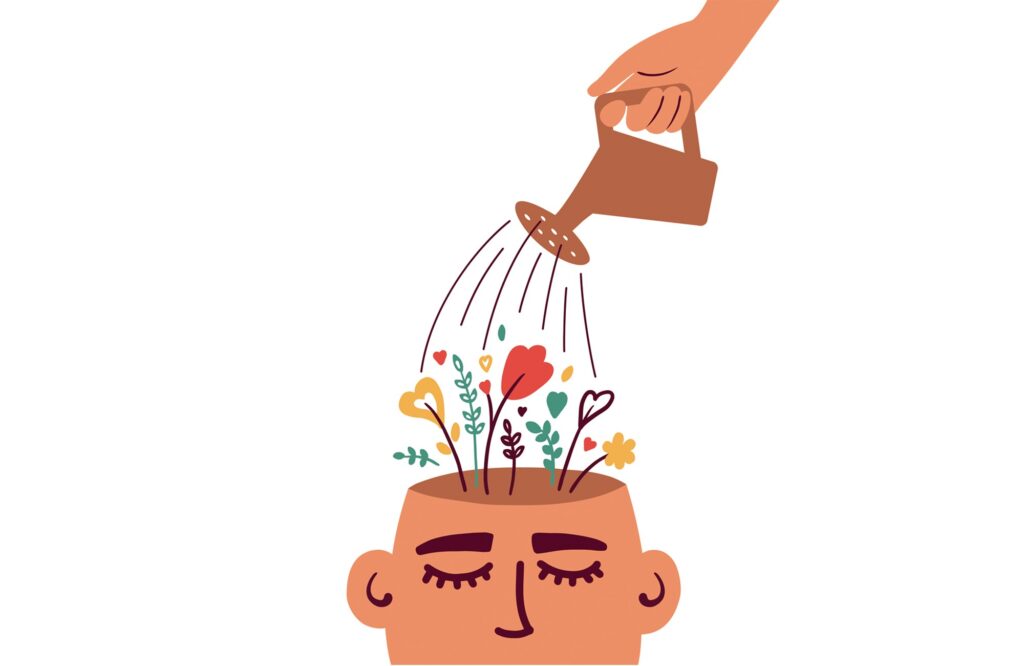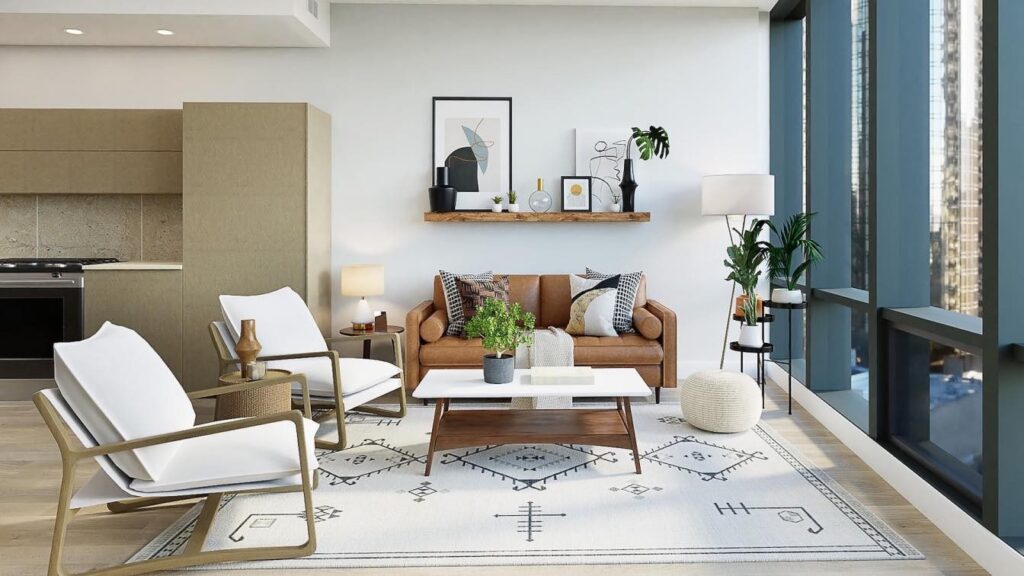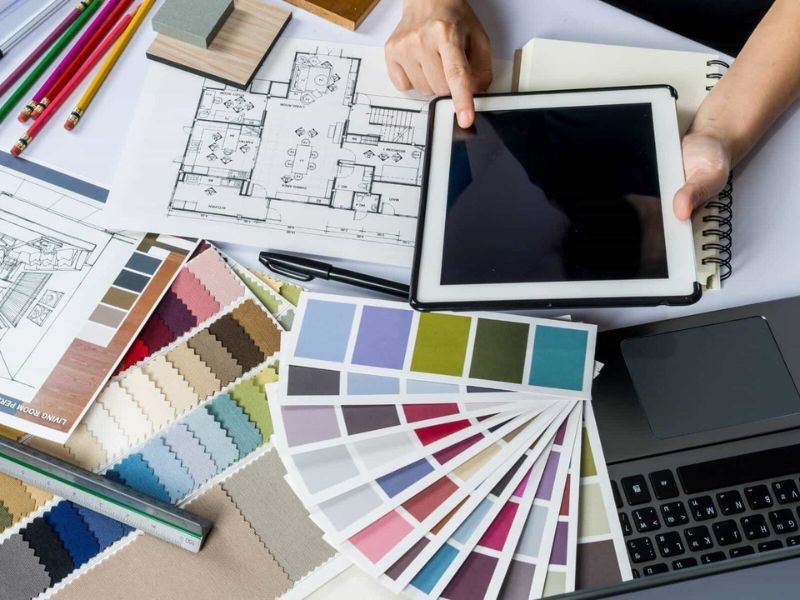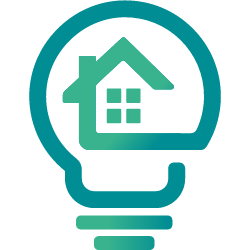Introduction
Designing spaces that promote well-being is an emerging trend in the world of interior design. In today’s fast-paced and demanding world, creating environments that positively influence our mental and physical health has become paramount. The concept of design for well-being goes beyond aesthetics and functionality; it aims to create spaces that foster a sense of tranquility and promote holistic well-being. By understanding the impact of design elements, we can create spaces that nourish and rejuvenate us, contributing to a happier and healthier lifestyle.
How Design Influences Well-being
The influence of design on well-being extends beyond the visual appeal of a space. Numerous studies have shown that design elements can have profound psychological and physiological effects on individuals. For instance, natural light has been found to improve mood, increase productivity, and regulate circadian rhythms. Exposure to natural light helps synchronize our internal body clocks, promoting better sleep quality and overall well-being. Additionally, daylight provides a connection to the outdoors, creating a sense of openness and spaciousness within a space.
Similarly, the presence of plants indoors can reduce stress, enhance air quality, and promote a connection with nature. Biophilic design, which incorporates elements of nature into indoor spaces, has gained popularity due to its positive impact on well-being. The sight of greenery, the touch of natural materials, and the sound of flowing water can create a calming and restorative environment. Studies have shown that exposure to nature indoors can lower heart rate, blood pressure, and stress levels, while increasing cognitive function and creativity.
Understanding the effects of design elements on our well-being allows designers to harness the power of design to create environments that support and enhance our mental and physical health.

Key Principles of Well-being-Focused Design
Designing with well-being in mind involves incorporating specific elements that contribute to a harmonious and nurturing environment. Here are some key principles to consider when designing for well-being:
Natural Light: Maximizing the use of natural light not only saves energy but also promotes a healthy sleep-wake cycle and boosts mood. Positioning windows strategically to allow for ample daylight penetration, utilizing skylights, and incorporating light-diffusing materials can create a bright and inviting space. Light plays a crucial role in regulating our circadian rhythms, which influence our sleep patterns, hormone production, and overall well-being.

Biophilic Design: Integrating nature into indoor spaces through the inclusion of plants, natural materials, and views of the outdoors can reduce stress levels and increase productivity. Biophilic design seeks to reconnect people with the natural world, which has been shown to have a positive impact on our mental and physical health. Living walls, potted plants, and natural textures such as wood and stone can create a sense of calm and tranquility. Additionally, incorporating views of nature or creating nature-inspired artwork can provide visual respite and improve overall well-being.
Space Planning: Creating open and flexible spaces allows for better movement, encourages social interaction, and reduces feelings of confinement or clutter. Well-being-focused design promotes the use of open floor plans, flexible furniture arrangements, and clear circulation paths. By optimizing spatial flow and removing physical barriers, designers can create a sense of freedom and spaciousness. Ample room for movement and the ability to adapt the space to different activities enhance our overall comfort and well-being.
Color Psychology: Utilizing color palettes that evoke positive emotions and align with the intended purpose of the space can have a significant impact on mood and well-being. Color psychology suggests that different hues can evoke various emotional responses. For example, warm colors like red and orange can promote energy and stimulation, while cool colors like blue and green can induce a sense of calm and relaxation. By carefully selecting colors that align with the desired atmosphere of a space, designers can create environments that elicit positive emotions and enhance well-being.

Acoustic Design: Incorporating elements that control noise levels, such as sound-absorbing materials or strategic furniture placement, can contribute to a peaceful and calming environment. Excessive noise can lead to stress, fatigue, and reduced concentration. Well-being-focused design addresses acoustic concerns by incorporating sound-absorbing materials like acoustic panels, carpets, and draperies. Additionally, thoughtful arrangement of furniture and the use of partitions or screens can create privacy and reduce noise disturbances, promoting a tranquil and focused atmosphere.
It is also really important to take into consideration that fact that, interesting furniture may play a key role in the well-being! Why is that? Because interesting pieces are eye-catching and the mind will automatically associate them will a moment shared close to them, just like scents work! Don’t know about interesting pieces? Take a look at the unusual but amazing Flag Halyard Chair – Click here for more info
By incorporating these principles, interior designers can create spaces that positively influence the well-being of their occupants.
The Future of Well-being in Interior Design
As society becomes increasingly aware of the importance of well-being, the concept will continue to shape the future of interior design. With advancements in technology, designers can explore innovative solutions to improve indoor air quality, regulate temperature and lighting, and create personalized environments that cater to individual well-being needs.
Smart home technology allows for the integration of various systems, such as automated lighting and temperature control, which can be adjusted according to personal preferences and circadian rhythms. This level of customization ensures that individuals have the optimal environment for their well-being. Moreover, the use of sensors and data analysis can provide valuable insights into occupant behavior and well-being, helping designers make informed decisions when creating spaces.
Furthermore, the integration of sustainable practices in interior design will play a vital role in enhancing well-being. Eco-friendly materials and energy-efficient systems not only contribute to a healthier living environment but also align with the growing consciousness of environmental responsibility. Designers can explore sustainable options for furniture, finishes, and construction materials, reducing exposure to harmful chemicals and creating spaces that prioritize health and well-being.
Conclusion
Incorporating well-being into interior design is not merely a trend; it is a fundamental aspect of creating spaces that support our mental and physical health. By understanding the psychological and physiological effects of design elements, interior designers have the power to transform spaces into havens of well-being. Whether it’s through the use of natural light, plants, thoughtful space planning, color psychology, or acoustic design, each element contributes to the overall harmony and positive atmosphere of a space.
As we look to the future, the well-being-focused approach will undoubtedly shape the interior design industry, emphasizing the importance of creating spaces that nurture and uplift the human experience. The integration of technology, sustainable practices, and a deep understanding of human psychology will further enhance the well-being benefits of interior design. By prioritizing well-being in our interior spaces, we can create environments that support our physical, mental, and emotional health, allowing us to thrive in a world that often challenges our well-being.

Leave a Reply